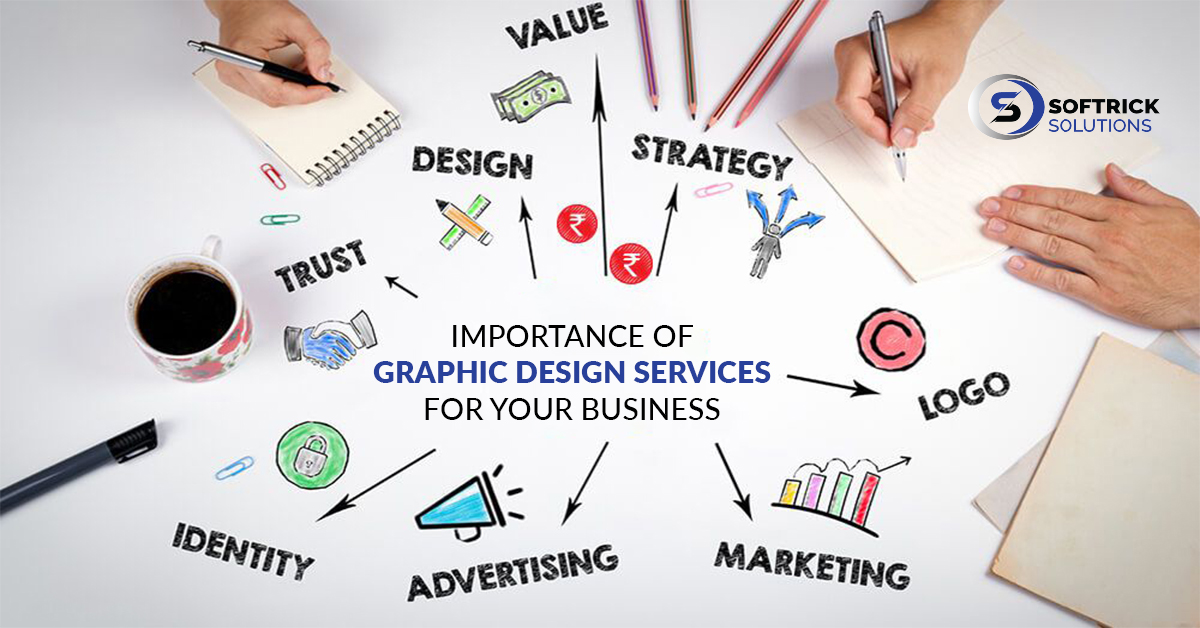
In a digital age marked by the influx of information and short attention spans, visual content stands as a beacon, guiding audiences through the vast sea of data. The potency of graphics and design in digital marketing cannot be understated. As brands evolve to capture and retain consumer interest, the role of visual elements has become paramount. Here, we explore how businesses can effectively leverage the transformative power of design in their digital marketing endeavors.
Stories resonate, and when told visually, they captivate. Infographics, video content, and interactive media allow brands to weave narratives that not only inform but also entertain. This fusion of data and design aids in breaking complex ideas into digestible visual bites, amplifying message retention.
A uniform visual identity across various digital platforms fosters brand recognition. Whether it’s a consistent color palette, typography, or logo placement, these elements communicate the brand’s essence and ensure a cohesive consumer experience.
Interactive graphics, whether in the form of quizzes, polls, or clickable infographics, stimulate user engagement. They transform passive viewers into active participants, deepening their connection with the content.
Augmented and virtual reality are redefining the boundaries of design and user experience. From virtual try-ons to immersive product demos, these technologies offer consumers a deeper, more personalized interaction with brands.

Just as digital marketing has embraced personalized email campaigns and product recommendations, so too can graphics be tailored to individual user preferences. Dynamic content that adjusts based on user behavior or demographics can significantly enhance the relevancy and impact of a message.
With mobile devices accounting for a significant chunk of online interactions, optimizing graphics and designs for smaller screens is imperative. Responsive designs that adapt to various screen sizes ensure a seamless experience for users on the go.
Today’s consumers trust peer reviews and contributions more than ever. Incorporating user-generated visuals, be it photos, videos, or reviews, into marketing campaigns adds authenticity and fosters community.
The world of design is dynamic, with trends evolving rapidly. From flat designs to neumorphism, staying updated with the latest trends ensures that content remains fresh, relevant, and appealing.
Inclusivity should be at the forefront of design. Ensuring that visuals are accessible to all, including those with disabilities, not only widens the audience reach but also reflects a brand’s commitment to inclusivity.
It’s crucial to gauge the effectiveness of visual strategies. Tools that measure user engagement with graphics, heat maps that show areas of focus, and analytics that track the performance of visual campaigns provide invaluable insights for refinement.
As the digital realm becomes increasingly visual-centric, the integration of strategic design elements into marketing campaigns will define their success. By embracing the evolution of graphics and design, brands can craft compelling narratives, foster deeper connections, and navigate the vibrant tapestry of digital marketing with finesse.